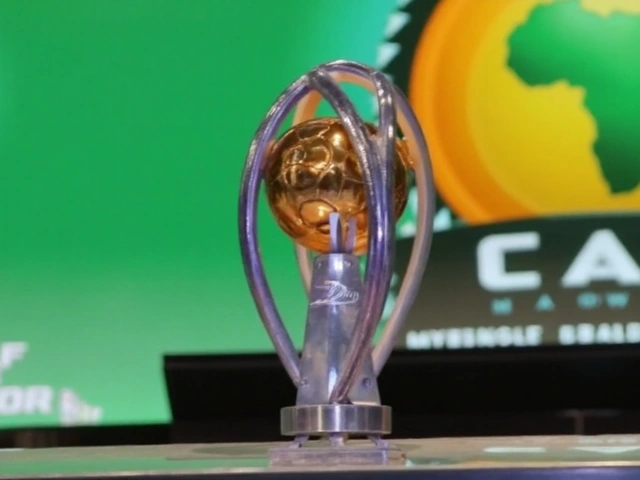Boeing Starliner: what to expect next
If you care about human spaceflight, Boeing's Starliner matters. It’s one of two U.S. crew capsules built to ferry astronauts to the International Space Station under NASA’s Commercial Crew Program. The story includes test troubles, fixes, strict safety checks, and a gradual push toward regular crewed flights.
What is the Starliner and how does it work?
The official name is CST-100 Starliner. It’s a crew capsule that can carry up to seven people or a mix of crew and cargo. Unlike capsules that splash down at sea, Starliner is designed to land on dry ground in the U.S. using parachutes and airbags—this speeds up crew recovery and part reuse. The capsule launches on a conventional rocket (Atlas V for the early tests) and docks with the ISS using an automated docking system. Boeing built it to be reusable, with a focus on quick turnarounds and low operational cost compared with older systems.
Design highlights you should know: it has modern avionics, an autonomous flight computer, layered safety systems, and seats arranged for comfort on longer rides. The interior is roomy for a capsule, aimed at NASA and commercial customers who want flexible crew and cargo options.
Tests, safety checks and what went wrong before
Starliner’s flight history includes an early uncrewed test that hit problems in 2019, which pushed Boeing and NASA to rework procedures and hardware. That led to a repeat uncrewed demonstration to prove the fixes. NASA keeps tight oversight: full mission simulations, software reviews, parachute tests, and thorough inspections happen before any crewed launch. Those safety steps slow things down, but they cut risk for astronauts.
If you worry about safety, here’s what matters: NASA requires successful end-to-end demonstrations before certifying Starliner for regular crew transport. That covers launch, rendezvous and docking, onboard life-support, reentry heating, parachute performance, and ground recovery. Boeing and NASA publish reports after each milestone, so watchdogs and the public can follow the fixes and results.
How does Starliner compare to other crew vehicles? The main rival is SpaceX’s Crew Dragon. Dragon made operational crew flights earlier and uses ocean splashdowns, while Starliner aims for land landings and a different reuse cycle. Having two providers gives NASA backup options and more launch cadence for the ISS.
Want to follow Starliner updates? Watch NASA’s live streams for tests and launches, follow Boeing’s official feeds, and check mission status pages on NASA.gov. News outlets and space-focused sites summarize technical reports and safety findings in plain language. That’s the fastest way to know when Starliner moves from tests to regular crew missions.
Questions left? Keep an eye on official NASA briefings. They list certified milestones, crew assignments, and exact launch dates once Boeing completes the required checks. For now, expect careful steps: more tests, official reviews, and a focus on getting astronauts home safely.
Sunita Williams Stranded in Space: Boeing Starliner Malfunction
By Sfiso Masuku On 25 Jun, 2024 Comments (17)

Indian-origin astronaut Sunita Williams is stranded in space due to a faulty Boeing Starliner. Alongside fellow astronaut Barry Wilmore, their mission to the International Space Station is indefinitely delayed because of helium leaks that affect crucial thrusters. The incident echoes past concerns about safety and quality in space missions.
View More




